Mailing List
At The Intersection of Fashion + Technology. Machine Learning, AI , Digital Fashion, VR & Augmented Reality.
Embracing Simplicity: Modern Designs in Today’s Homes
Written in
by
Modern architecture and design represent more than just a style; they embody a philosophy of simplicity and functionality that resonates deeply in our fast-paced world. As we navigate the complexities of daily life, the clean lines and minimalistic approach to modern design provide a refreshing sanctuary.

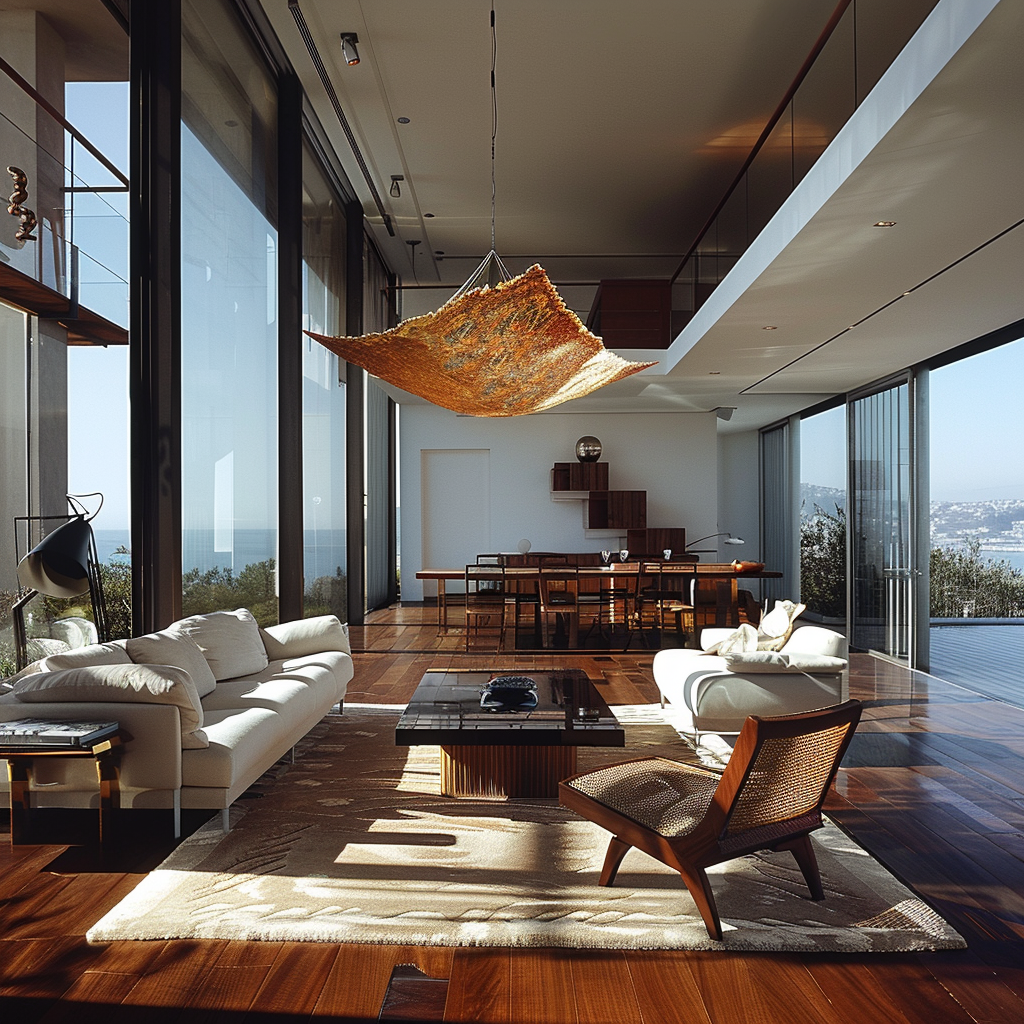

At the heart of modern home design is the principle of ‘less is more.’ This concept is not about stark, empty spaces but about achieving better design through simplicity. It is about stripping the essentials to create a serene and straightforward environment. For instance, open floor plans are a hallmark of modern homes, combining the kitchen, living room, and dining area into a single, cohesive space. This not only enhances the sense of openness but also improves social interaction and connectivity among family members.
Color schemes in modern architecture are often neutral, relying on shades of white, beige, and gray to create a calm and uncluttered visual experience. However, contrasts are also crucial in modern design, with bold monochromatic elements or splashes of color to add character and focal points.
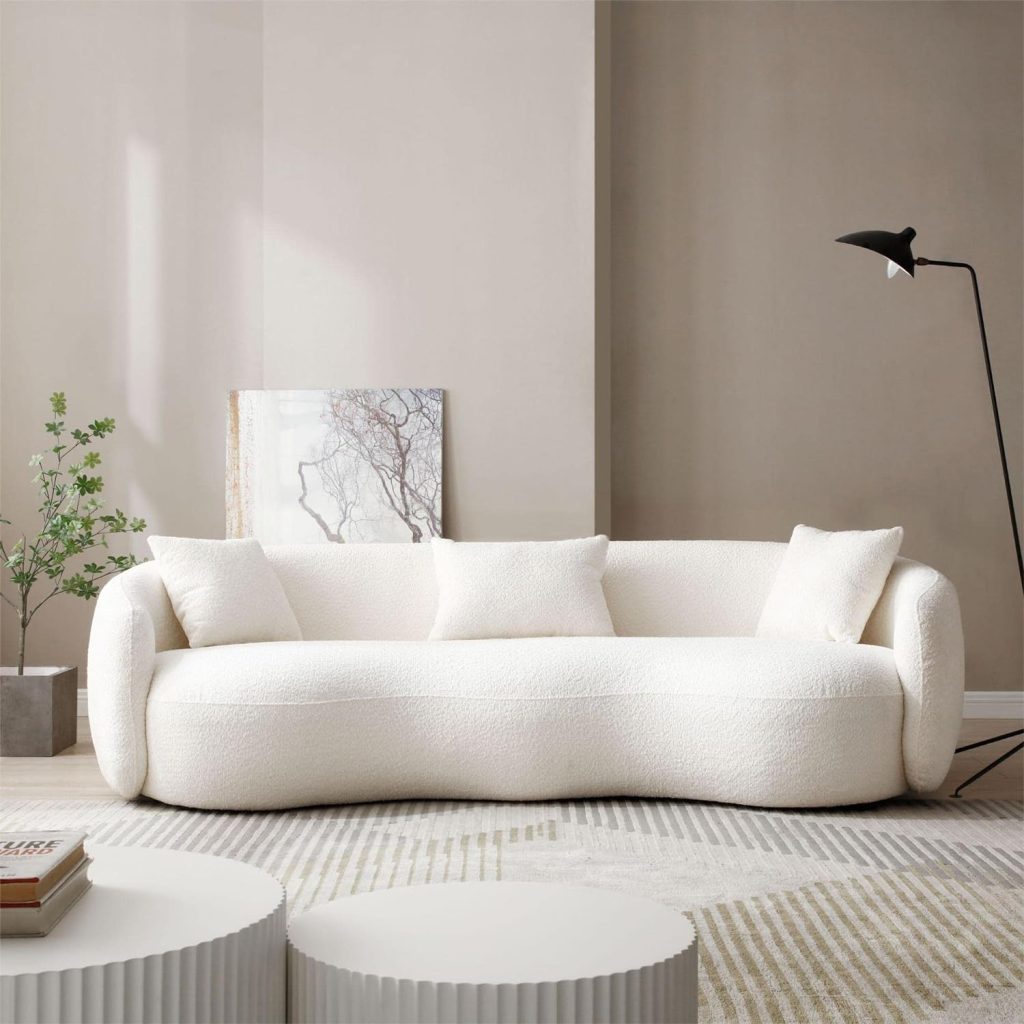

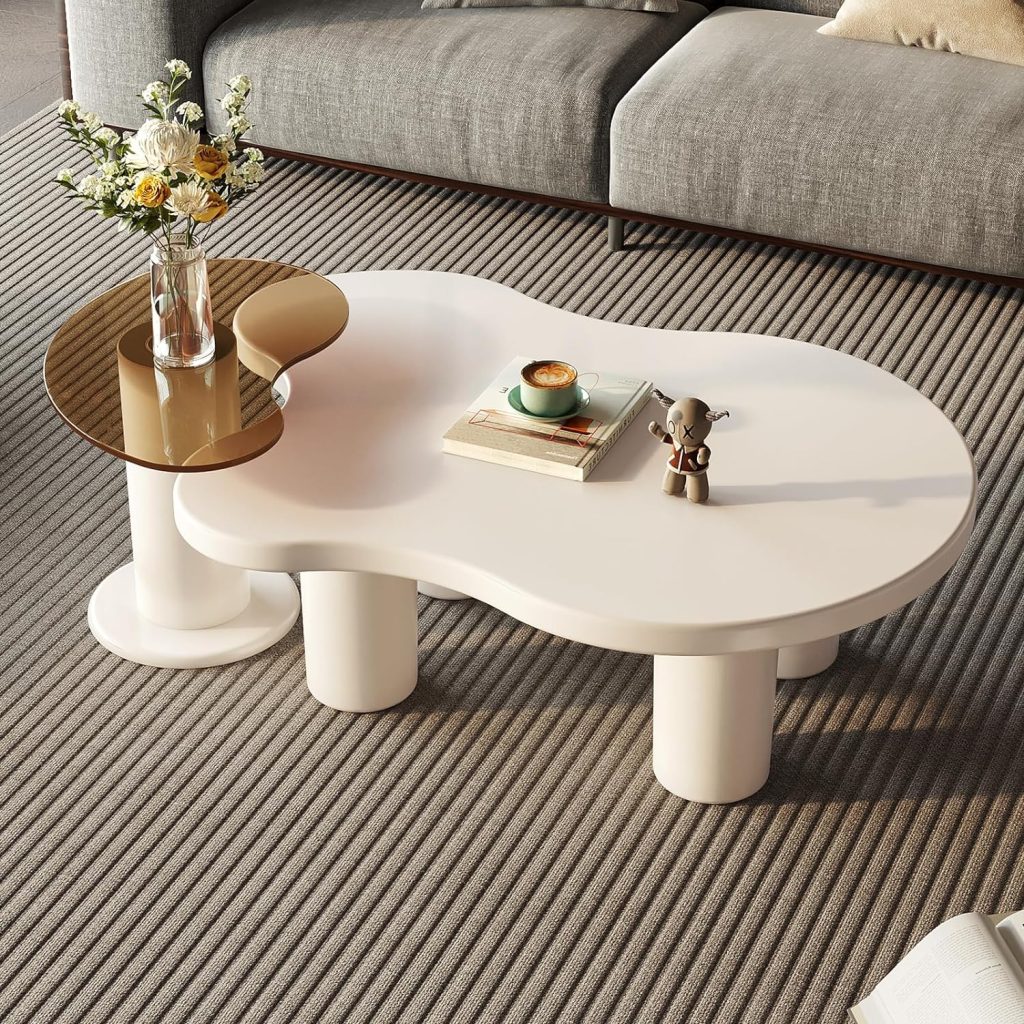
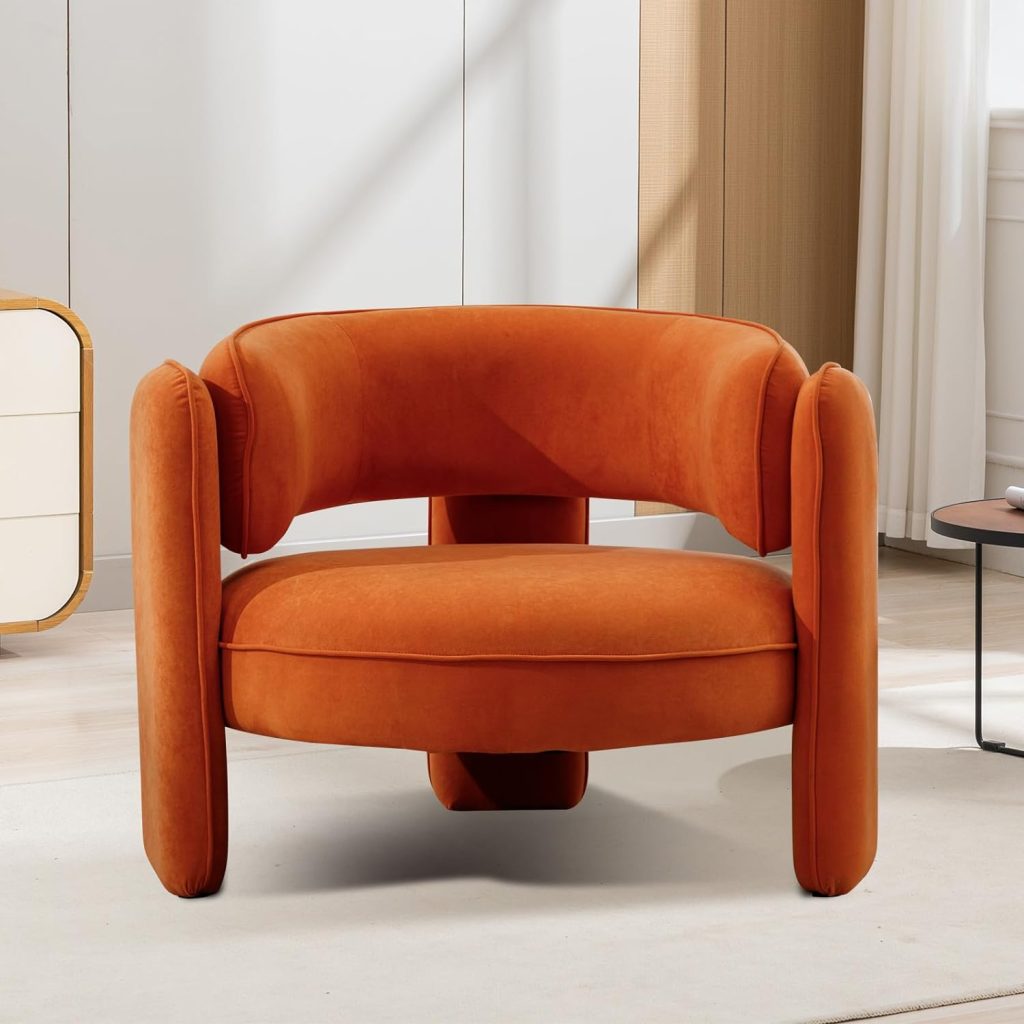

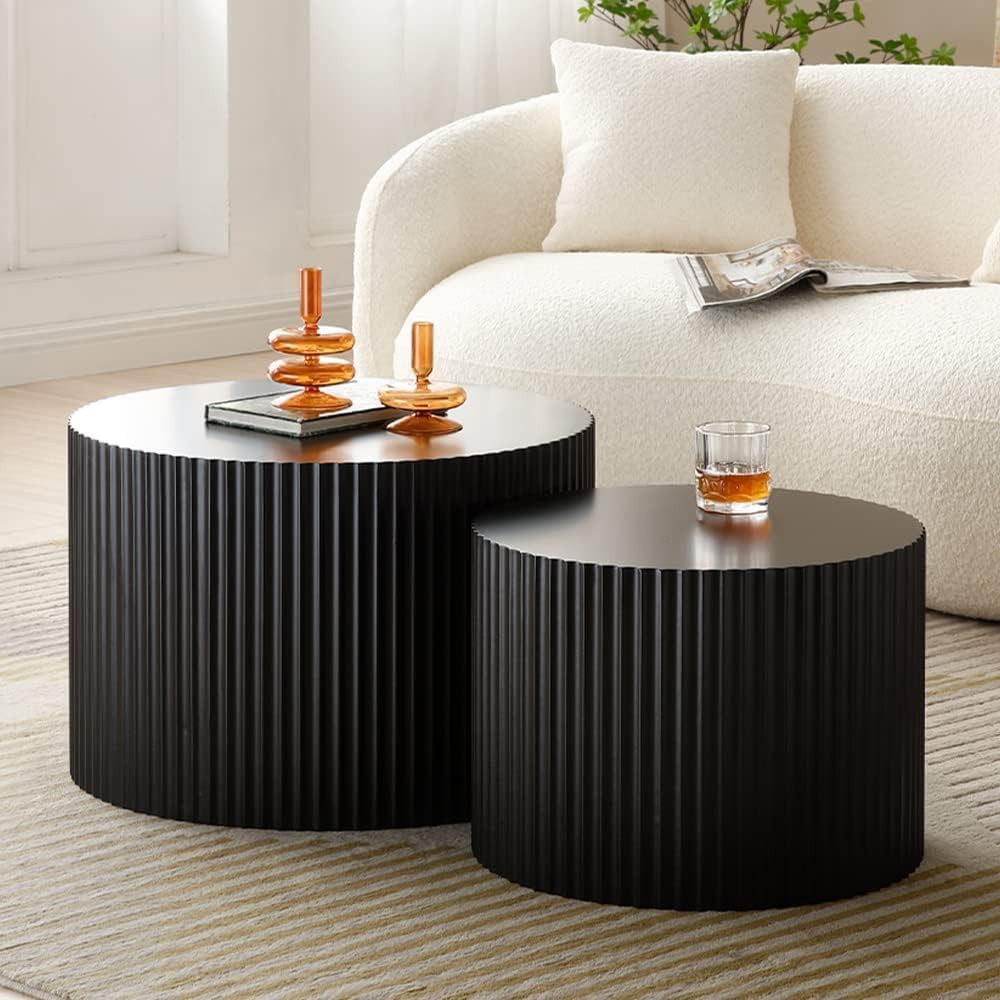
Materials play a critical role in defining the aesthetics and functionality of modern homes. The use of industrial elements like steel, glass, and concrete not only highlights the beauty of raw textures but also ensures longevity and sustainability. These materials are often complemented by natural wood, which adds warmth and tactile contrast to the more excellent metals and glass.
Lighting is another essential aspect of modern design. Natural light is maximized through large windows that not only illuminate the interiors but also blur the boundaries between inside and out, making nature a constant backdrop. Artificial lighting is equally considered, with fixtures often works of art designed to complement the minimalist decor.
Furniture in modern homes is characterized by clean lines and functional forms. Each piece is purposely selected and placed to maintain an uncluttered yet inviting atmosphere. Modern design’s functionality is not just in its form but also in its capacity to accommodate technology, reflecting the needs of a 21st-century household.
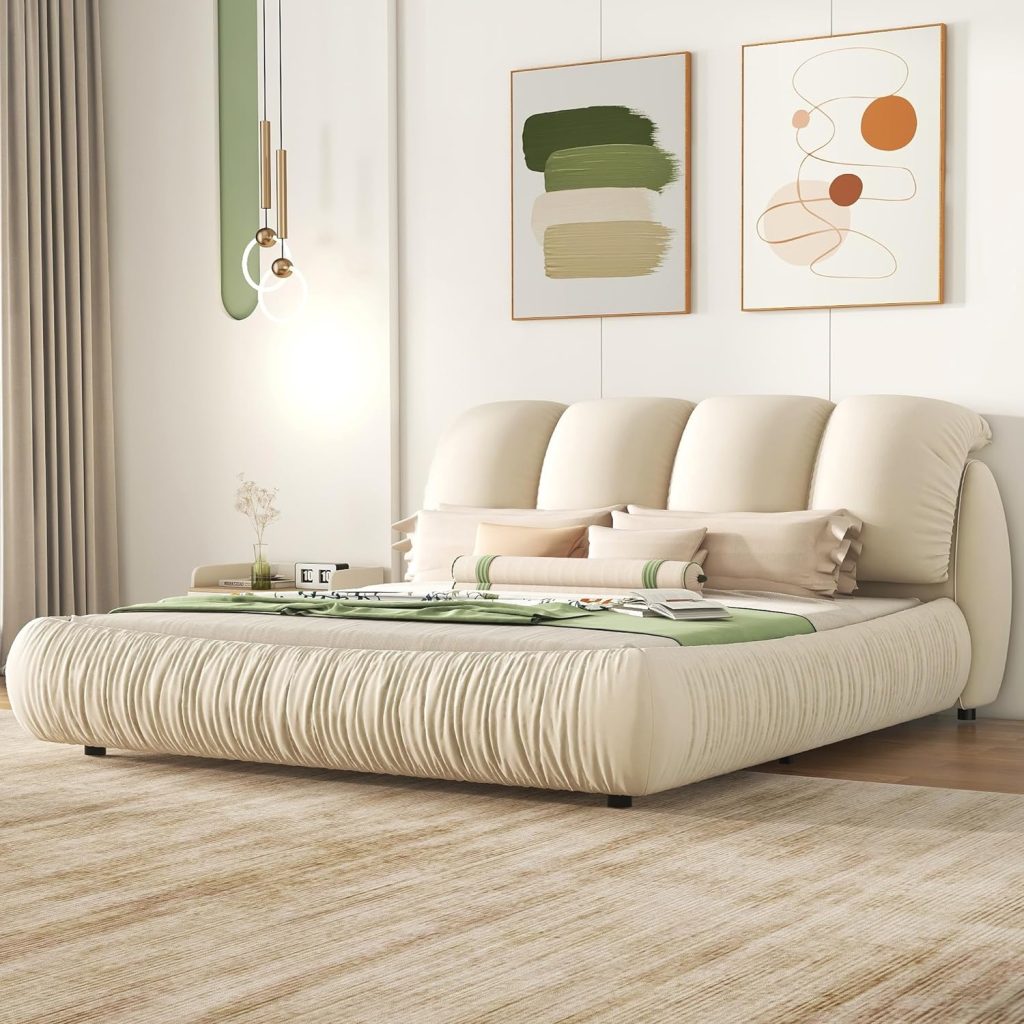
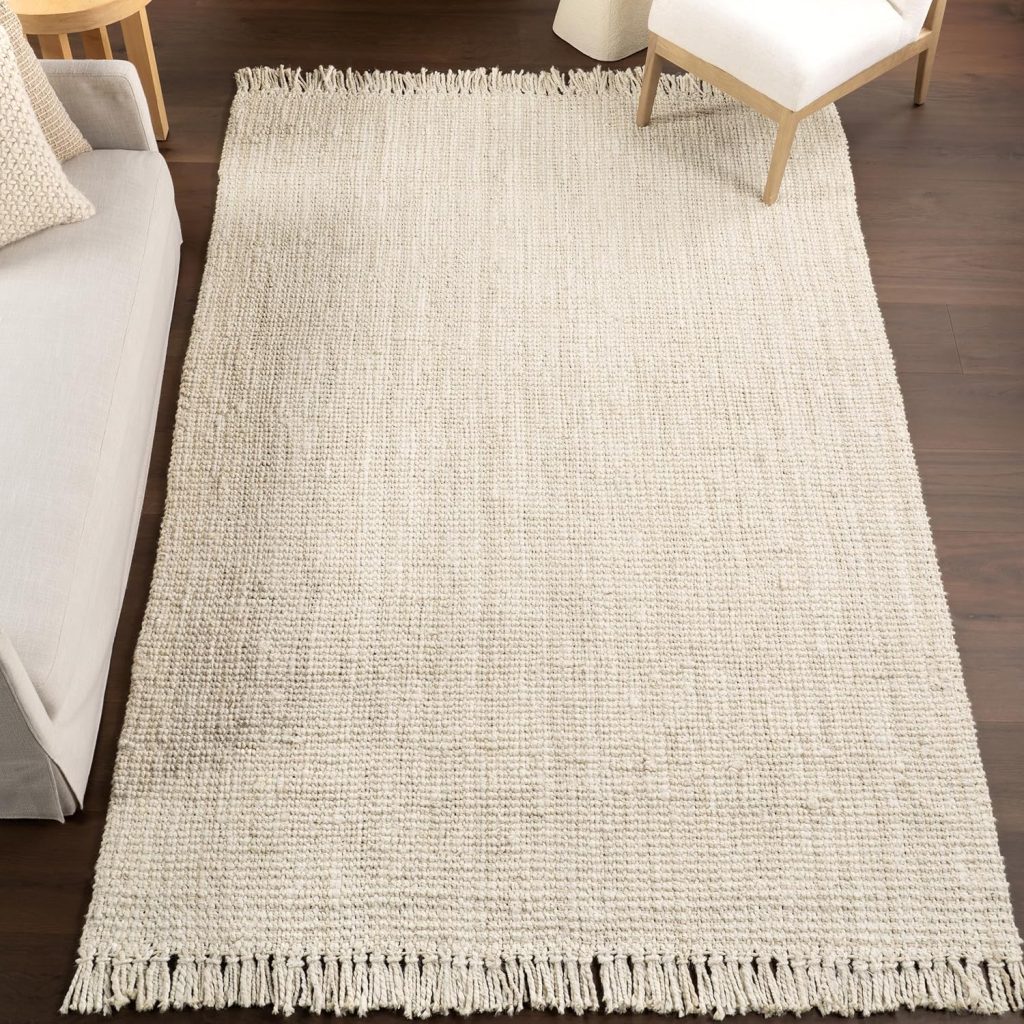
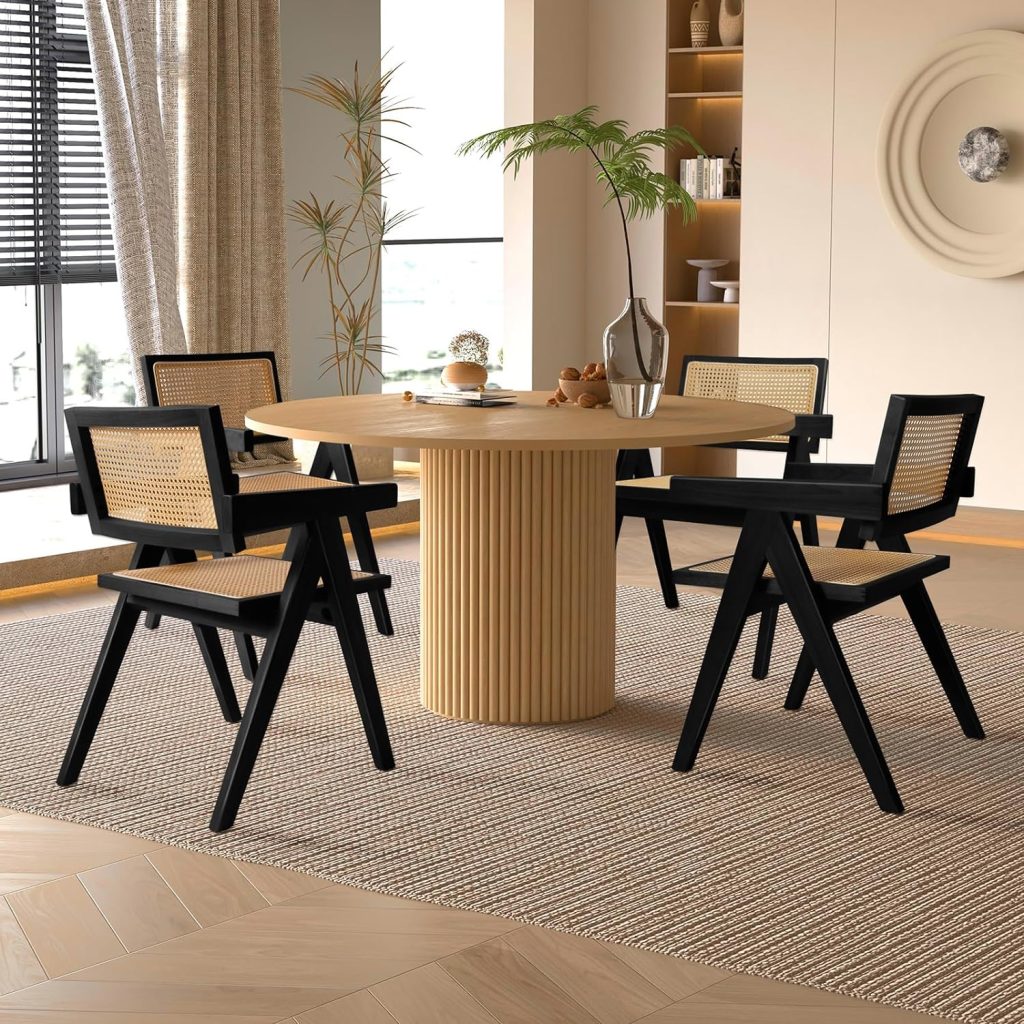
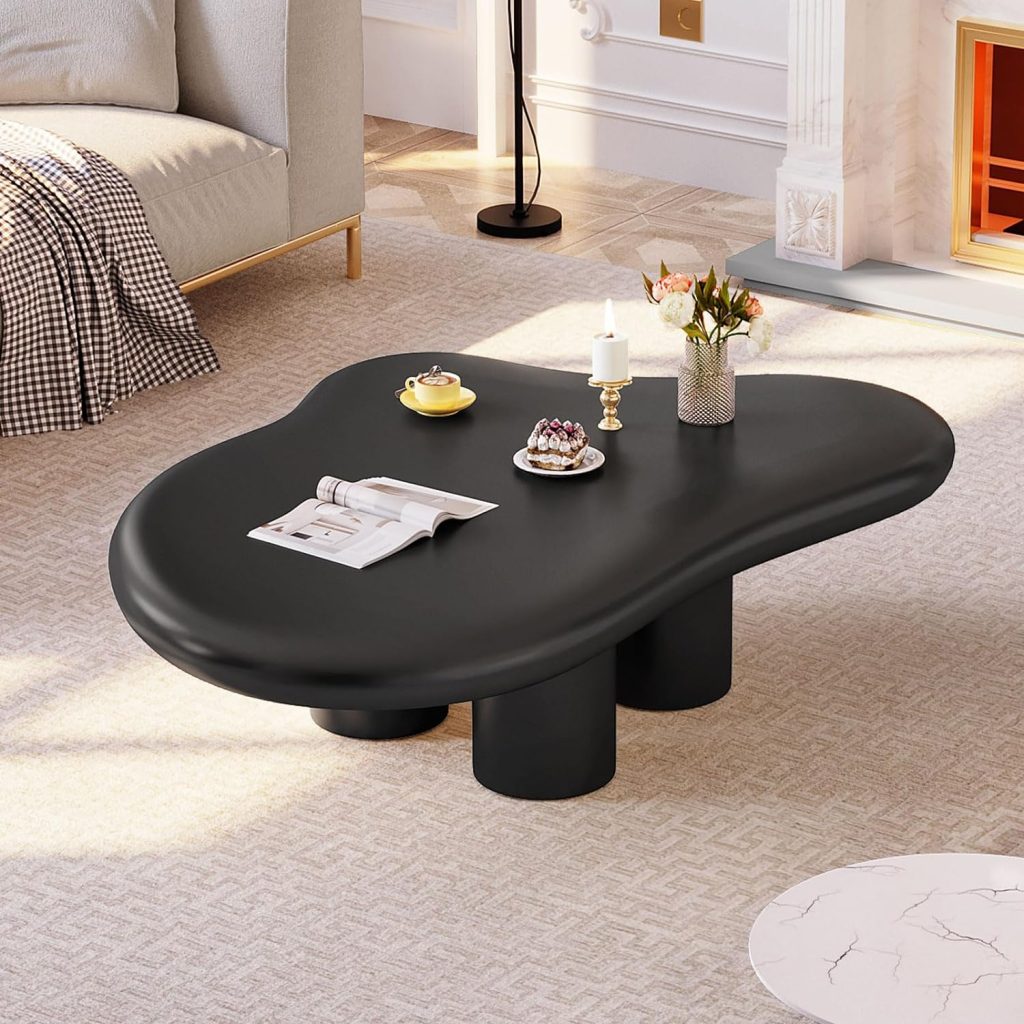

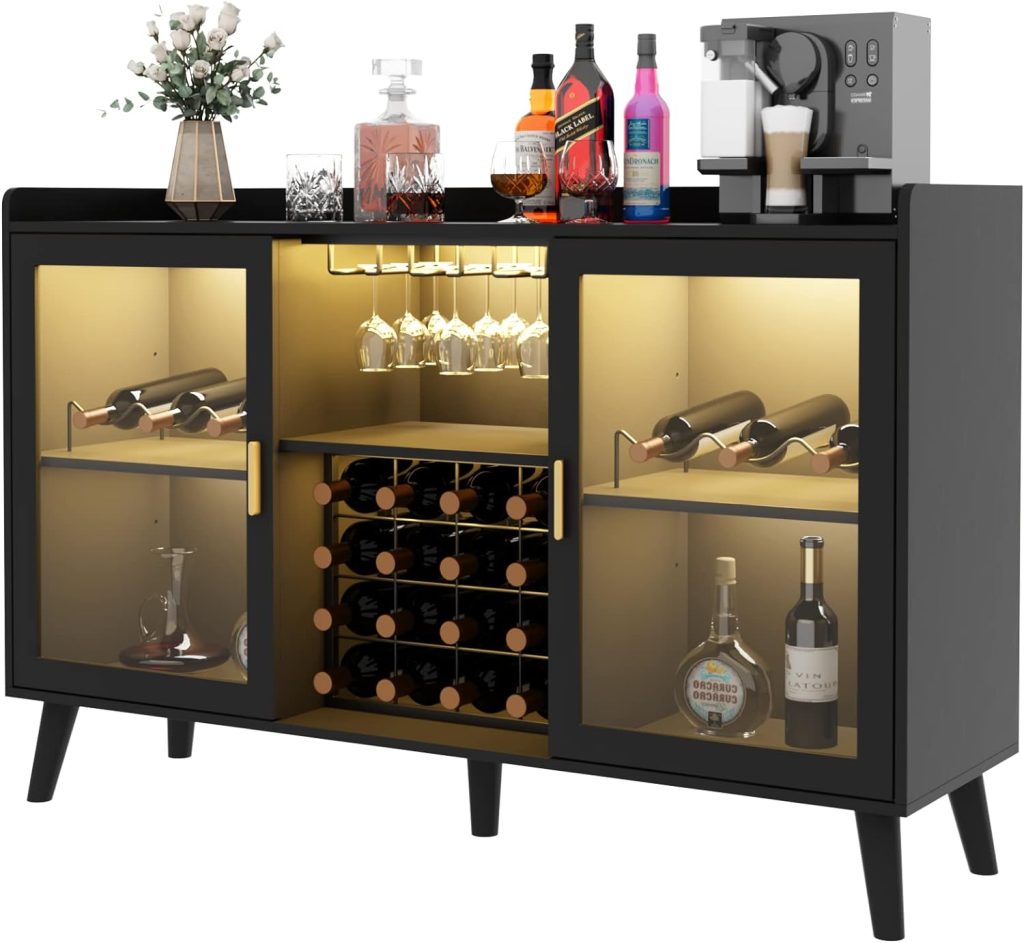
Incorporating modern architecture and design into your home isn’t just about following a trend; it’s about embracing a lifestyle that prioritizes efficiency, simplicity, and beauty. As we move forward, these principles are not just modern. They are timeless, continuing to evolve but constantly reminding us that in our homes, as in life, simplicity often holds the key to elegance and comfort.
Tags
Leave a Reply
You must be logged in to post a comment.